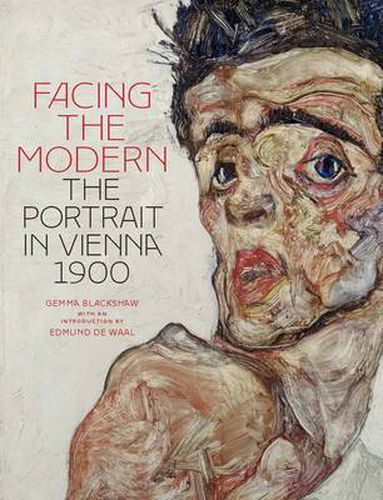Readings Newsletter
Become a Readings Member to make your shopping experience even easier.
Sign in or sign up for free!
You’re not far away from qualifying for FREE standard shipping within Australia
You’ve qualified for FREE standard shipping within Australia
The cart is loading…






An engaging look at how the middle classes of fin-de-siecleVienna used innovative portraiture to define their identity
During the great flourishing of modern art in fin-de-siecleVienna, artists of that city focused on images of individuals. Their portraits depict artists, patrons, families, friends, intellectual allies, and society celebrities from the upwardly mobile middle classes. Viewed as a whole, the images allow us to reconstruct the subjects’ shifting identities as the Austro-Hungarian Empire underwent dramatic political changes, from the 1867 Ausgleich (Compromise) to the end of World War I. This is viewed as a time when the avant-garde overthrew the academy, yet Facing the Modern tells a more complex story of the time through thought-provoking texts by numerous leading art historians. Their writings examine paintings by innovative artists such as Gustav Klimt, Oskar Kokoschka, and Egon Schiele alongside earlier works, blurring the conventionally-held distinctions between 19th-century and early-20th-century art, and revealing surprising continuities in the production and consumption of portraits. This compelling book features works not only by famous names but also by lesser-known female and Jewish artists, giving a more complete picture of the time.
$9.00 standard shipping within Australia
FREE standard shipping within Australia for orders over $100.00
Express & International shipping calculated at checkout
An engaging look at how the middle classes of fin-de-siecleVienna used innovative portraiture to define their identity
During the great flourishing of modern art in fin-de-siecleVienna, artists of that city focused on images of individuals. Their portraits depict artists, patrons, families, friends, intellectual allies, and society celebrities from the upwardly mobile middle classes. Viewed as a whole, the images allow us to reconstruct the subjects’ shifting identities as the Austro-Hungarian Empire underwent dramatic political changes, from the 1867 Ausgleich (Compromise) to the end of World War I. This is viewed as a time when the avant-garde overthrew the academy, yet Facing the Modern tells a more complex story of the time through thought-provoking texts by numerous leading art historians. Their writings examine paintings by innovative artists such as Gustav Klimt, Oskar Kokoschka, and Egon Schiele alongside earlier works, blurring the conventionally-held distinctions between 19th-century and early-20th-century art, and revealing surprising continuities in the production and consumption of portraits. This compelling book features works not only by famous names but also by lesser-known female and Jewish artists, giving a more complete picture of the time.